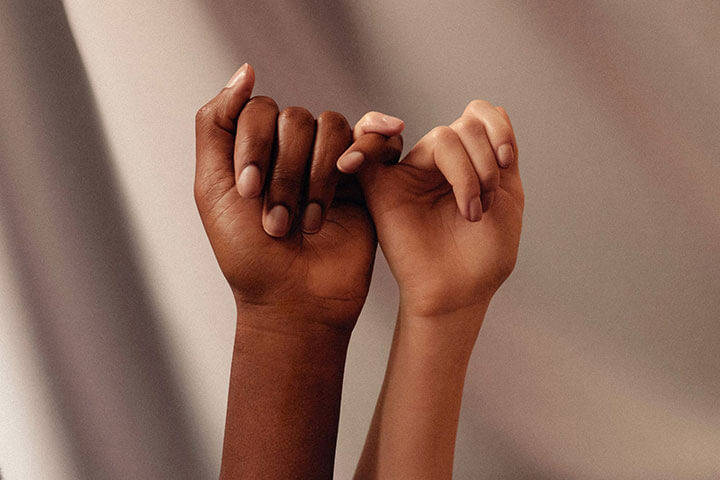Peer support
Explains what peer support is, what types there are, how it can help you and how to access it.
About peer support
What is peer support?
Peer support is when people use their own experiences to help each other. There are different types of peer support, but they all aim to:
- bring together people with shared experiences to support each other
- provide a space where you feel accepted and understood
- treat everyone's experiences as being equally important
- involve both giving and receiving support.
The support was mutual. When I was going through a low patch, I often received reassurance and kind words.
In peer support everyone's views and experiences are equally valued, rather than anyone being seen as more of an expert than others. How much support you give and receive can vary depending on what feels right for you at different times.
What's it like to try peer support?
Watch these three groups talk about how peer support has helped them.
Types of peer support
Many groups, organisations and individuals offer different types of peer support. These differences may include:
- what you have in common. Peer support brings together people with shared experiences, and these experiences can vary. For example, you might share a diagnosis of a particular mental health problem or similar personal interests. Or you may have shared experiences, such as hearing voices, identifying as LGBTQIA+ or having a shared cultural background.
- what you do together. You might focus on talking and discussion, which could be about particular topics or difficulties, anything you feel like or a mixture, depending on how the support is run. Or you might do activities together such as walking, gardening, sport or being creative.
- how you access the support. Peer support might involve meeting in person or it might be something you access online – for example social media networks or communities dedicated to online support (such as Mind's Side by Side). You might also use other ways of getting in touch, such as emails, phone calls or text messages.
- how many people take part. You might meet in a group, which might sometimes be called a self-help or support group. Or you might take part in one-to-one peer support, which is sometimes called mentoring or befriending. This is where you work towards goals you've agreed together with someone else.
You can find out more about the different types of peer support on our page about finding peer support.
It's not always about getting or giving advice. It's also about having a safe space to get things off our chest and occasionally sharing a laugh about it all!

Finding a place to fit in
I know that I fit in there. I don't have to try and be something I'm not, I can just be me.
Could peer support help me?
Lots of people find peer support improves their wellbeing and helps them cope with mental health problems. For example, it could:
- help you to open up about what you are feeling and experiencing
- introduce you to ideas and approaches that others have found helpful
- reassure you that you're not alone in how you are feeling
- help you to connect with others and give you a sense of belonging
- encourage you to value your strengths
- build your self-esteem and confidence
- help you to feel more hopeful about the future.
Things I was ashamed of and felt guilt for were common in the group. It was a profound and powerful experience.
Peer support can be helpful on its own, or it can be something you try alongside treatments like talking therapies or medication. It can also be a helpful way of getting support if you're on a waiting list for one of these treatments.
For some people, it can be difficult to decide whether to try peer support, or which type of support to try out. If you are struggling with this decision, our information on whether peer support is right for you might help.
This information was published in July 2019.
This page is currently under review. All content was accurate when published.
References and bibliography available on request.
If you want to reproduce this content, see our permissions and licensing page.















